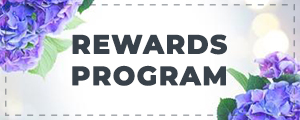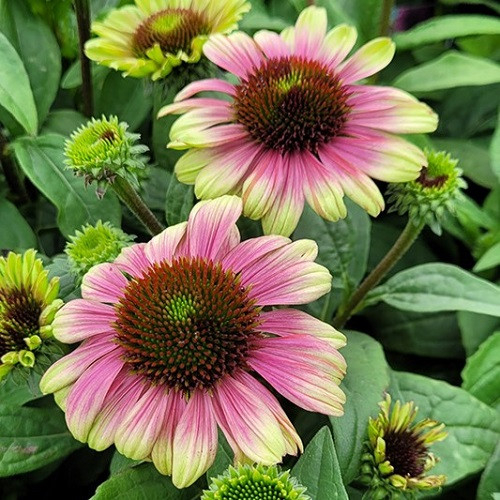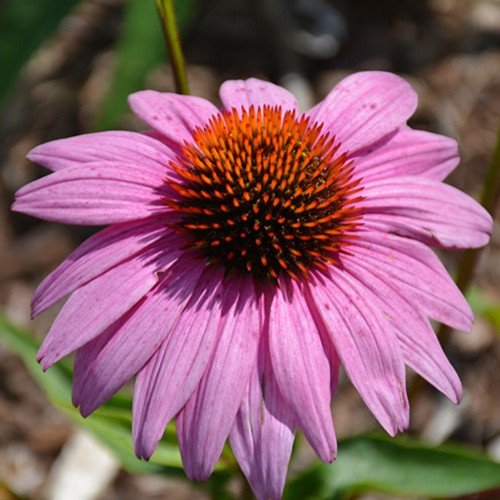| Echinacea 'TNECHSS' | USDA Zone: 4-8 |
Sweet Sandia Coneflower has masses of beautiful lightly-scented hot pink daisy flowers with coral-pink overtones, coppery-bronze eyes and light green tips at the ends of the stems from mid summer to mid fall, which are most effective when planted in groupings. The flowers are excellent for cutting. Its pointy leaves remain green in colour throughout the season.
An exciting variety with incredible eye catching color, featuring broad petaled, raspberry pink blooms with bright green tips and dark cones; strong and bushy habit that is ideal for sunny borders and mixed containers; deadhead spent blooms.
Sweet Sandia Coneflower is recommended for the following landscape applications;
- Mass Planting
- Border Edging
- General Garden Use
- Container Planting
Bloom Time: Summer
Fragrant
Drought Tolerant
Attracts Bees, Hummingbird, Butterflies
Deer Resistant
Pollinator Attractor
Common Name: Coneflower
|
Key Feature
|
Light Needs | Landscape Uses |
 |
 |
|
|
|
|
| More About Sweet Sandia Echinacea |
| Height: 18-24 inches |
Spread: 16-18 inches |
Flower Colour: Pink / Coral Shades |
|
Echinacea should only be grown in full sunlight. It is very adaptable to both dry and moist locations, and should do just fine under typical garden conditions. It is considered to be drought-tolerant, and thus makes an ideal choice for a low-water garden or xeriscape application. It is not particular as to soil type or pH. It is highly tolerant of urban pollution and will even thrive in inner city environments. Sweet Sandia Coneflower is a fine choice for the garden, but it is also a good selection for planting in outdoor pots and containers. With its upright habit of growth, it is best suited for use as a 'thriller' in the 'spiller-thriller-filler' container combination; plant it near the center of the pot, surrounded by smaller plants and those that spill over the edges. Note that when grown in a container, it may not perform exactly as indicated on the tag - this is to be expected. Also note that when growing plants in outdoor containers and baskets, they may require more frequent waterings than they would in the yard or garden. Be aware that in our climate, most plants cannot be expected to survive the winter if left in containers outdoors, and this plant is no exception. NOTE: Some flowers and plants may be harmful or poisonous to people or pets if touched or ingested. If you require more information before placing an order, please let us know in advance. |









